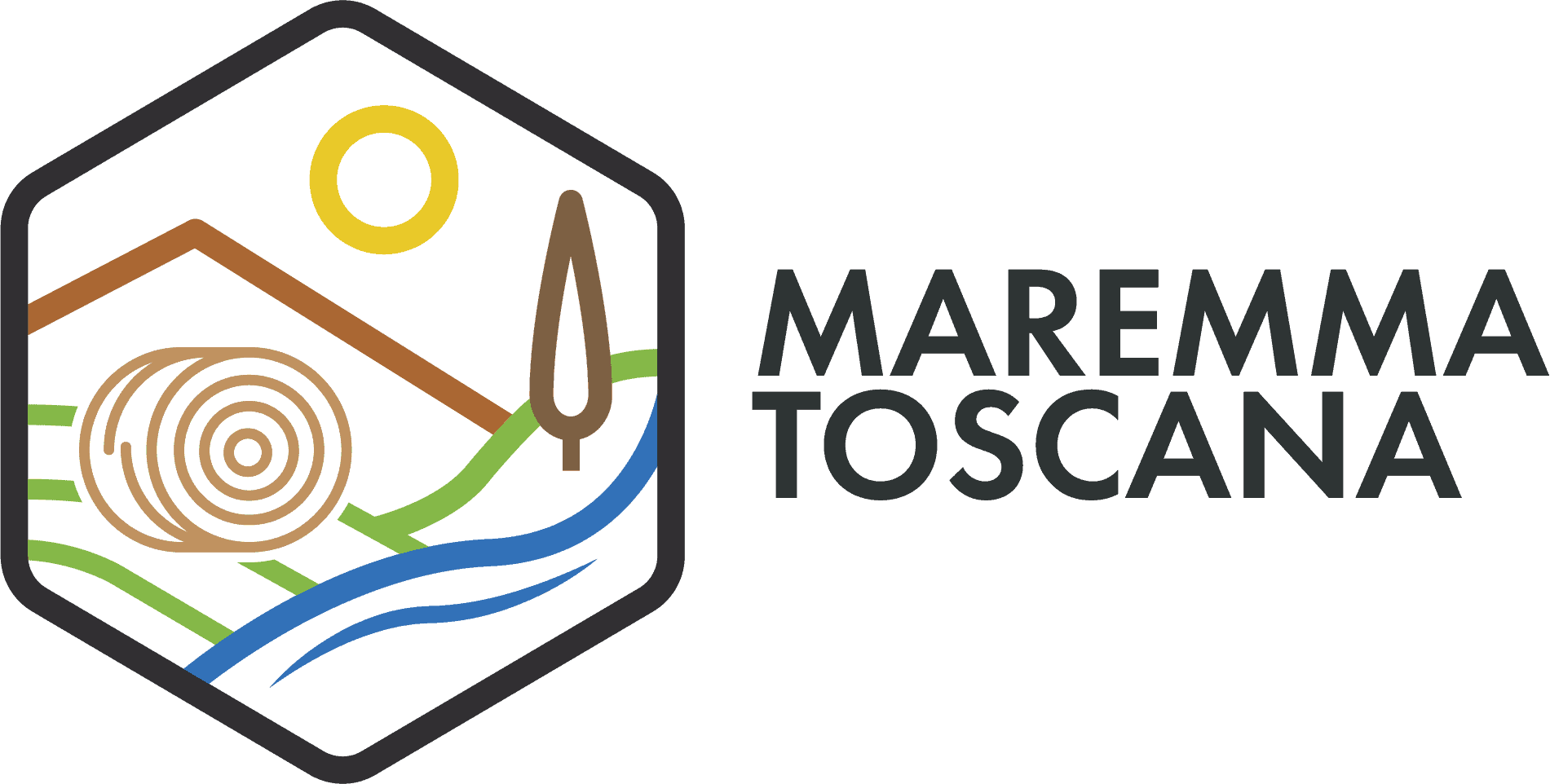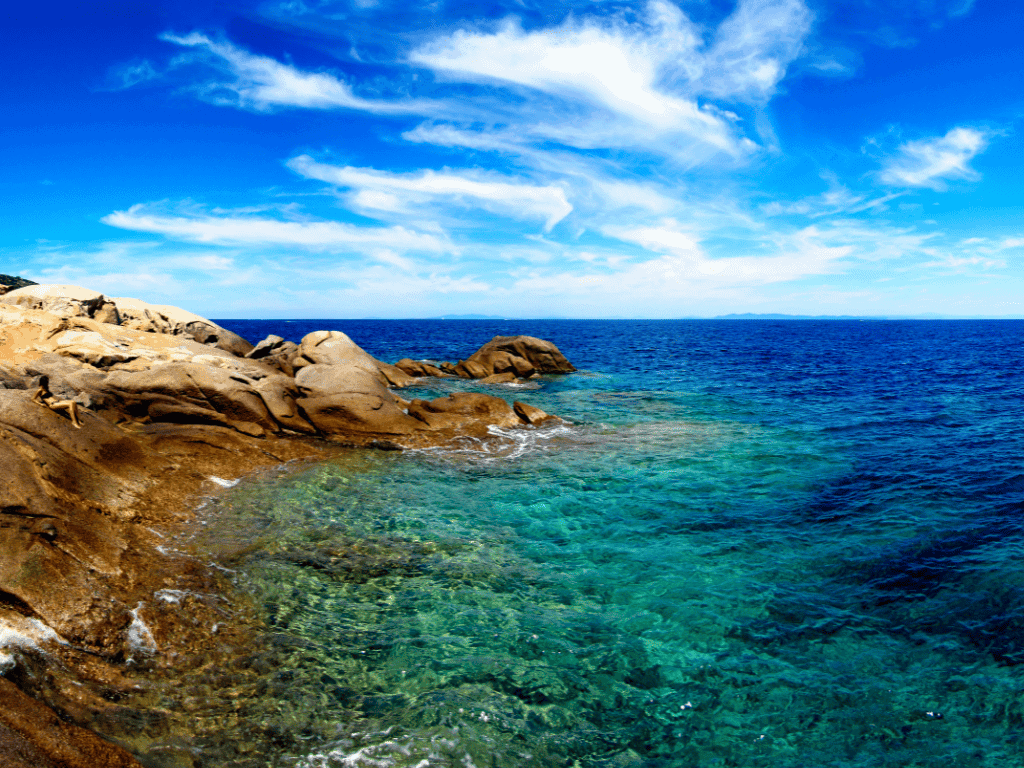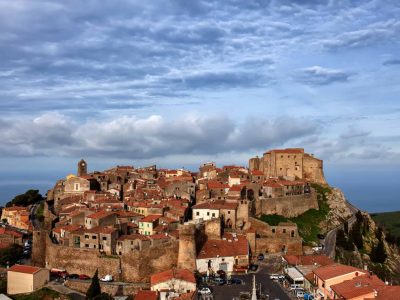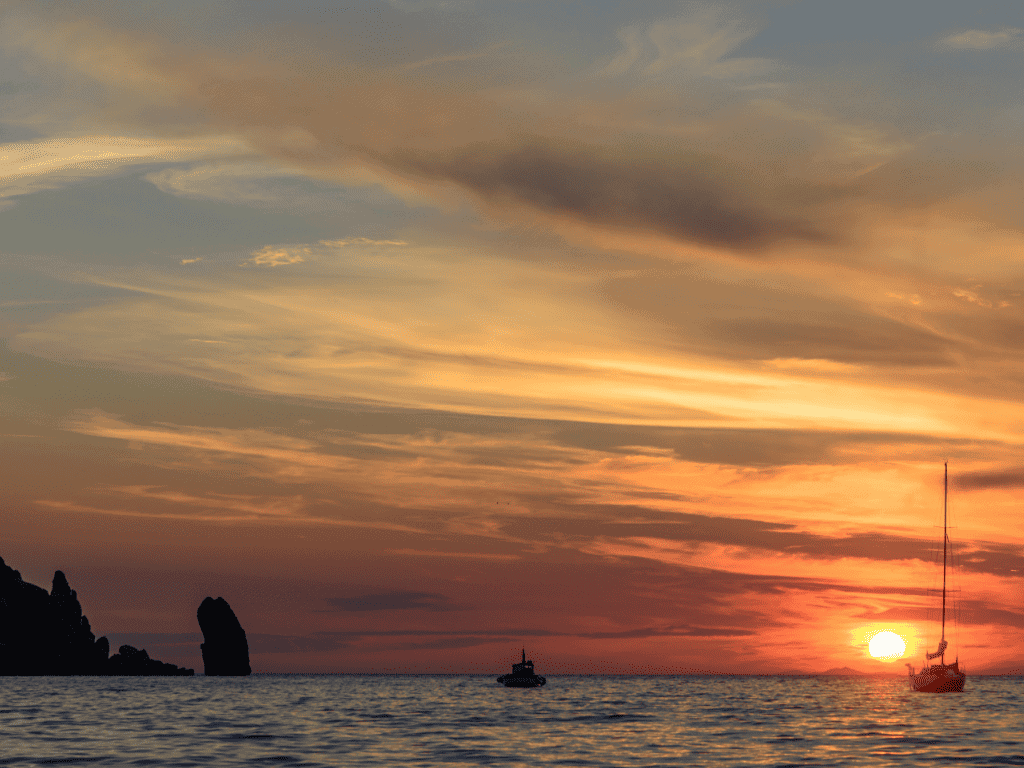L’ISOLA DEL GIGLIO E’ UNA BELLEZZA NATURALE DI GRANDE FASCINO, FATTA DI SPIAGGE, INSENATURE NASCOSTE, ACQUE LIMPIDISSIME E UN PAESAGGIO MERAVIGLIOSO. POSTA DAVANTI ALL’ARGENTARIO, E’ UNA DELLE MAGGIORI ATTRAZIONI DELLA MAREMMA TOSCANA.
L’isola del Giglio is the second largest island in the Tuscan Archipelago, after Elba. It is located off the coast of southern Tuscany, about 14 kilometers from the Monte Argentario. The island is known for its beautiful beaches, clear waters, and stunning scenery. It is a popular destination for swimming, sunbathing, hiking, and scuba diving.
I BORGHI DELL’ISOLA DEL GIGLIO
Giglio Porto is the main town on the island. It is located on the north coast and is the arrival point for ferries from the mainland. The town is a popular tourist destination, with a variety of restaurants, shops, and bars.
Giglio Castello is a medieval village located on the top of the island. It offers stunning views of the surrounding area and is a popular destination for hiking and exploring.
Giglio Campese is a small village located on the west coast of the island. It is known for its beautiful beach and is a popular destination for swimming, sunbathing, and water sports.
GLI EVENTI DELL’ISOLA DEL GIGLIO
The Festa delle Cantine is a traditional event that celebrates the island’s winemaking heritage. It takes place in September and features wine tastings, food, and music.
The Festa di San Mamiliano is a religious festival that celebrates the island’s patron saint. It takes place on September 16 and features a procession, mass, and other festivities.
MINI-CROCIERE ISOLA DEL GIGLIO
Mini-cruises to the Isola del Giglio are a popular way to experience the island’s beauty. Cruises typically depart from Porto Santo Stefano on the mainland and last for a few hours. During the cruise, you will have the opportunity to see the island’s stunning coastline, visit Giglio Castello, and swim in the crystal-clear waters.
SECONDO GLI STUDIOSI L’ETIMOLOGIA DEL NOME GIGLIO NASCE DAL LATINO “LILIUM” (GIGLIO), MENTRE UN’ALTRA IPOTESI, PIÙ SCIENTIFICAMENTE ACCREDITATA, SUGGERISCE LA DERIVAZIONE DAL GRECO “AEGILION” (CAPRA).
ANSONACO DEL GIGLIO: UN VINO ANTICO E PREGIATO
The Ansonica del Giglio is a rare and prized wine produced on the island. It is a full-bodied, amber-colored wine with a distinctive aroma. The grapes for Ansonica del Giglio are grown on terraced slopes and harvested by hand. The wine is aged for at least two years in oak barrels.
DISCOVER THE ROMAN SHIPWRECK
In the waters of Giglio Porto, a Roman merchant ship wreck was discovered in 1978. It is a ship from the early Severan period (3rd century AD) that was carrying a load of amphorae produced in Africa. The materials of the ship’s equipment have been recovered: discoid lamps, kitchen and table ceramics.
How to Get to Giglio Island
Getting to Giglio Island is very easy, the boarding point is located at the entrance of Porto Santo Stefano. The crossing takes about an hour, with connections from the companies Maregiglio and Toremar. On the island, the Rama bus company connects Giglio Porto, Giglio Castello, Giglio Campese, the Campese campsite, and the Monticello Hotel to the Arenella beach with two bus lines. To bring your car to the island, it is advisable to book the ferry in advance, especially on weekends or during the high season months of July and August. In the summer period, cars registered in Italy must have a special municipal permit (cost of authorization: €15.00). The landing fee for entering Giglio Island is €1.50 per person. On the island, it is possible to rent cars, motorbikes, boatmen and boats; taxi services up to 8 seats are also available.
The Origins of Giglio Island
The origins of Giglio are very ancient. The island was inhabited in ancient times and frequented by Greeks, Etruscans, who lived there, and Romans, who exploited the granite quarries. Belonging to the noble Roman family of the Domizi Enobarbi, who built a monumental villa there in the 1st century BC, in the 9th century it was donated by Charlemagne to the Abbey of the Three Fountains, and in the 13th century it became part of the Pisan domains. Belonging to several lordships, it was sacked and virtually depopulated by the pirates of Khayr ad-Din, known as Barbarossa, who deported most of the population in 1544; as many as seven hundred inhabitants were deported as slaves to Algeria. Bought in 1558 by Eleonora di Toledo, wife of Cosimo I de’ Medici, it then followed the fortunes of the Grand Duchy of Tuscany.
Resources on Giglio Island
Info on Giglio Island: https://isoladelgiglio.it/






